Rice farmers in secluded areas of the Red River Delta in Northern Vietnam need dietary additions to their staple rice dishes. Vegetables are harvested from around their homes and surrounding tropical Evergreen forests. Animal proteins are mainly collected in and around their rice fields, nearby water bodies, and the forest.
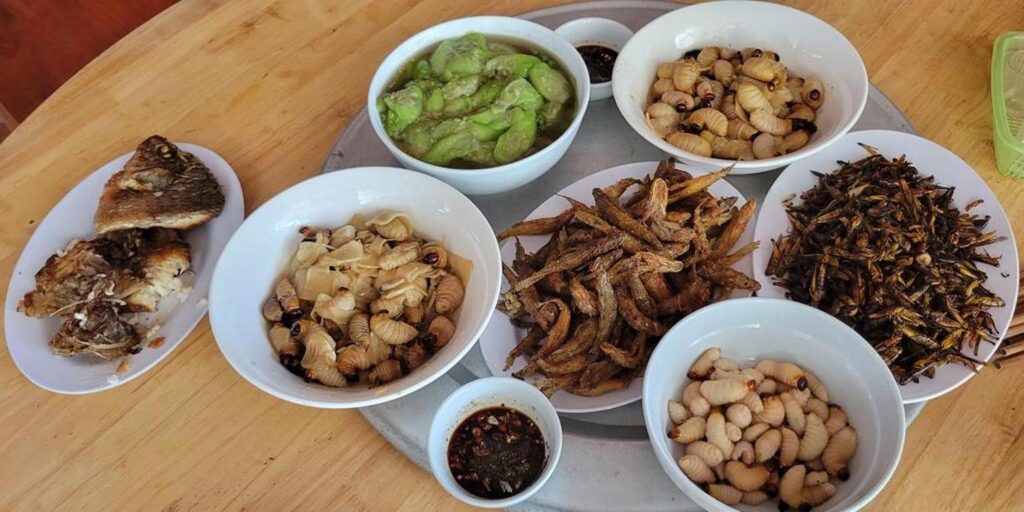
The author of this article had the opportunity to accompany various rice farmers in different areas of Northern Vietnam on their daily protein collection. This article gives an overview of which species were primarily collected. More detailed information about the collection methods for many of these animals can be gathered via the links below.
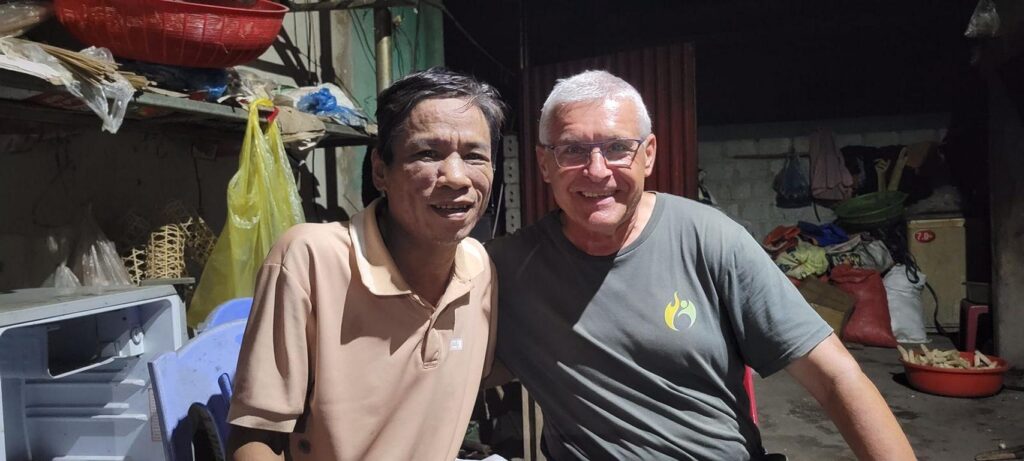
Main species of animals, which rice farmers collect for dietary additions
Within rice fields and other shallow water bodies
- Apple snails (Pomacea spp.). For more info about these snails.
- Other freshwater snails, like Rice snails (Assiminea lutea) and others
- Giant water bugs (Lethocerus indicus), Cà cuống
- Field Shrimps (Caridina flavilineata), Tép riu,
- Field crabs (Somanniathelphusa sinensis), Cua đồng,
- Field frogs (Hoplobatrachus rugulosus), ếch đồng
- Eels (Monopterus albus), Vietnamese name: Lươn.
- Various fish species, like:
- Gold barbs (Barbodes semifasciolatus), Cá đòng đong cân cấn
- Native small carps (Carassius Carassius), Cá Giếc
- Tilapias (Anabas testudineus), Cá Rô
- White catfish (Clarias batrachus), Cá Trê
At rice fields and water ditches
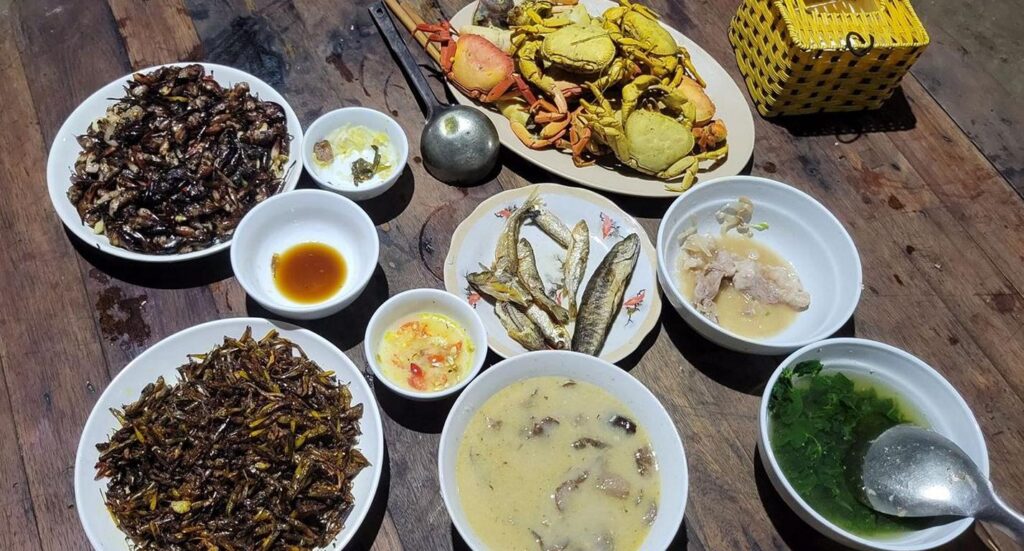
- Basket clams (Corbiculidae cyrenodonax), Hến
- Freshwater mussels (Unionida ssp.), Trai
- Spiny eels (Mastacembelidae ssp.), Cá chạch
- Voles, or Field rats (Arvicolinae ssp.).
On freshly harvested rice fields
- Rice field grasshoppers (Oxya ssp.), Châu chấu.
- Locusts (Acrididae ssp.), Cào cào.
In and along streams
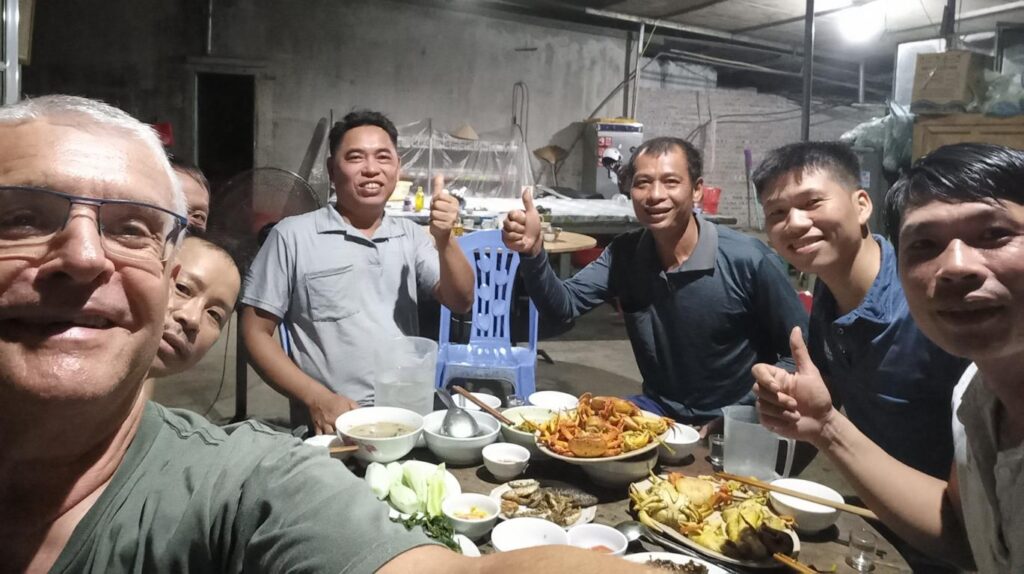
- Freshwater prawns (Macrobrachium ssp.),
- Mountain crabs (Brachyuran sp.).
- Various frog species
- Various fish species. See here for more information about fish trapping with bamboo baskets near Sapa. Catching fish with a stomping basket in the Red River Delta, see here. Fish ripping in Hanoi, see here.
- Indochinese water dragon lizards (Physignathus cocincinus), Rồng đất.
- Various snake species.
In Evergreen tropical forests
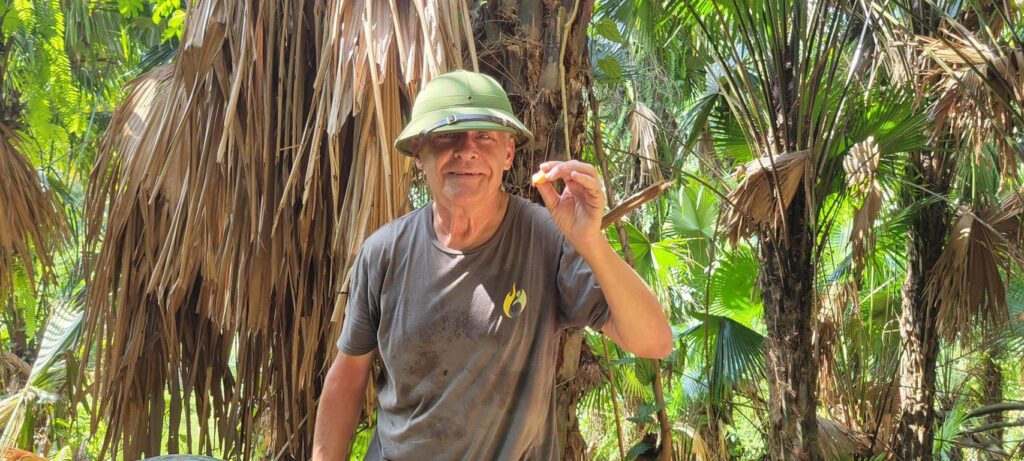
- Coconut worm: Larvae of Asian Palm Weevil (Rhynchophorus ferrugineus), Đuông dừa.
- Wasps, (Vespa ssp.) and (Provespa ssp.), Ong bắp cày
- Lesser banded hornets (Vespa affinis), Ong vò vẽ.
- Bush crickets (Tettigonoidea ssp.), Muồm muỗm.
- Tarantula spiders (Chilobrachys dyscolus),
- Vietnam forest scorpions (Heterometrus laoticus), Bọ cạp đen An Giang
- Arboreal snails (Megaustenia imperator).
- Rock snails (Cyclophorus sp.), Chi ốc cạn.
- Various bird species. I described the collection of a Near-Passerine bird species here.
- Various squirrel species
- Chinese bamboo rats (Rhizomys sinensis), Dúi mốc nhỏ. .
Lessons learned about which animals are collected for food by rice farmers at the Red River Delta in Northern Vietnam:
- Nearly every rice farmer in the Red River Delta in Vietnam collects wild animals daily for food.
- Collected animals are mainly amphibians, arthropods, gastropods, fish, and reptiles.
- A small number of rice farmers trapped passerine birds.
- I did not observe the collection of mammals larger than rats.
.


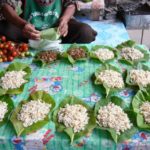

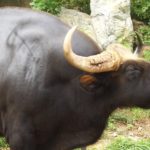
2 comments
Kurt Hoelzl
Farmers are very much aware that some of their practices impact biodiversity. Because they can see the decline in the number of species, sizes, and quantities. But they still clinch illegal practices, like electro-fishing and the use of modern air guns. Although it is banned to use such items, potential users can easily buy them on social media accounts. Delivery will be under the term ‘household appliances’ or similar.
I’m convinced there are a variety of governmental initiatives in place promoting sustainable harvesting. But in these small villages, only single local party leaders govern these places. And very often, they or their relatives are engaged in such harvesting activities themselves.
The government should forcefully draw a line between which species are allowed to be collected and harvested and which ones are not. A complete ban is in my opinion not possible at the moment. But it would be highly beneficial to single out threatened species from any further harmful activities.
Moth
The article offers a captivating glimpse into the diverse dietary practices of rice farmers in the Red River Delta, emphasizing their deep connection with the local ecosystem. However, it raises important questions about the education and awareness surrounding sustainable practices. While these farmers possess extensive traditional ecological knowledge, integrating this with modern conservation principles is crucial. It would be beneficial to explore how aware these communities are of the long-term impacts of their practices on biodiversity and whether educational initiatives are in place to promote sustainable harvesting. Balancing traditional knowledge with sustainability education is key to preserving both the local ecosystem and cultural heritage.